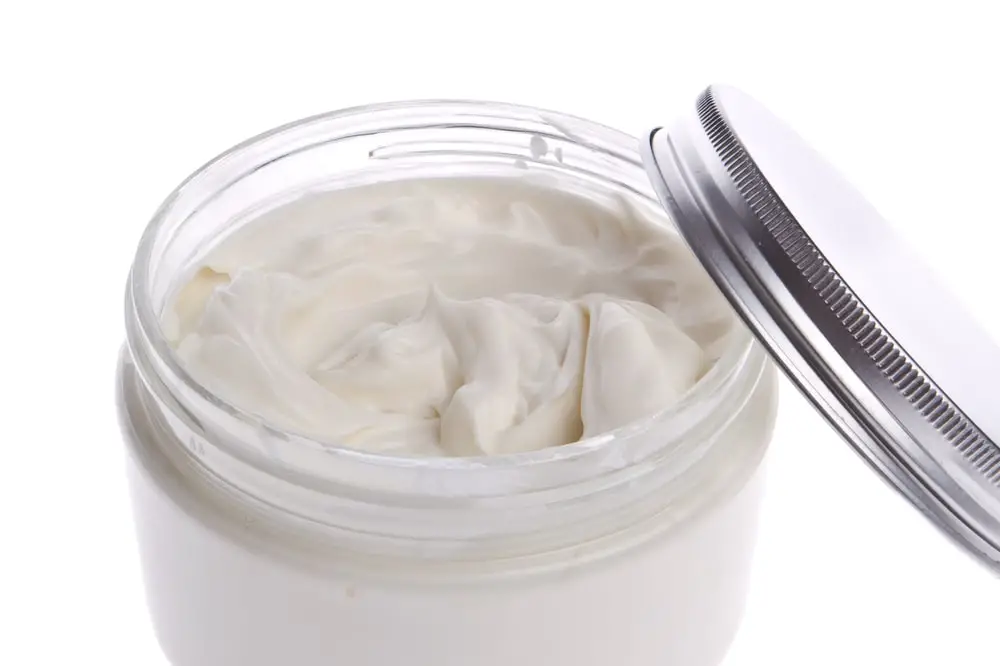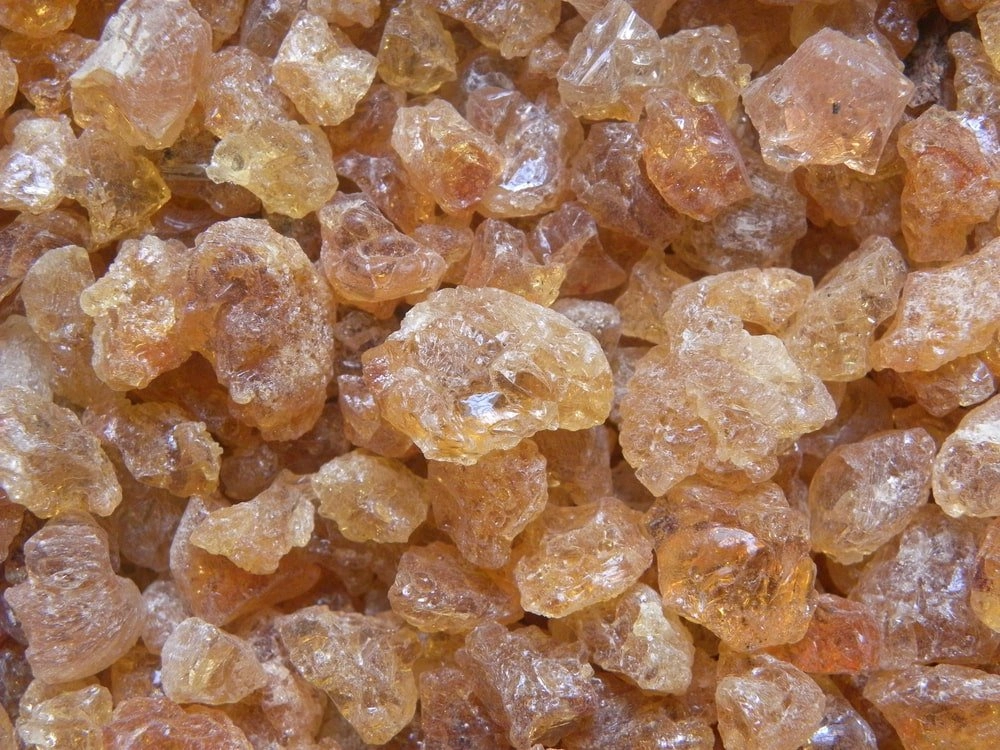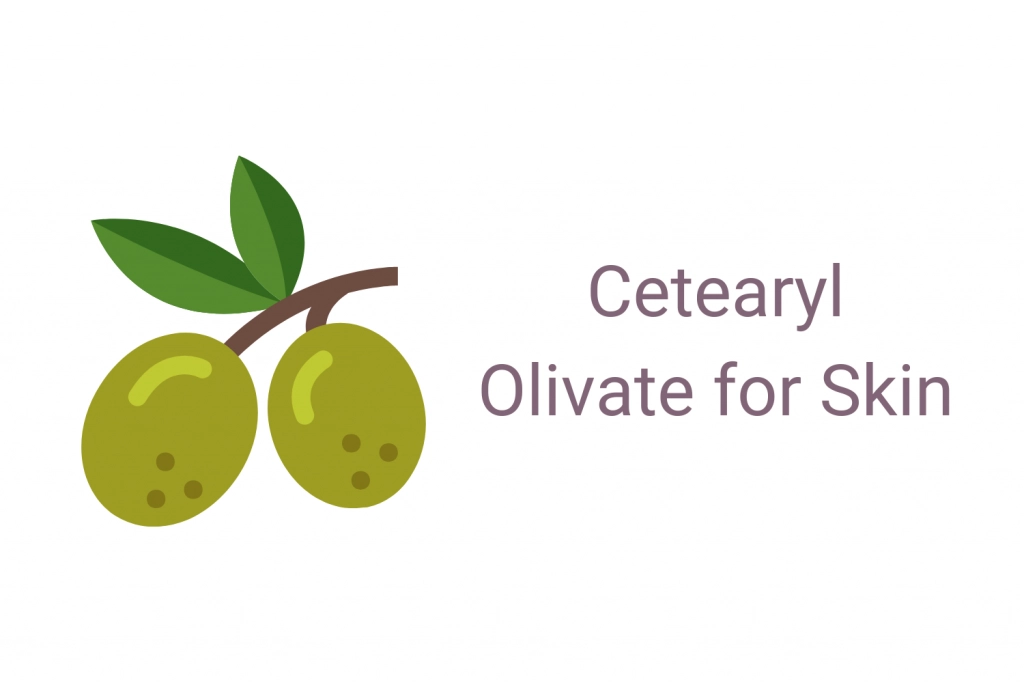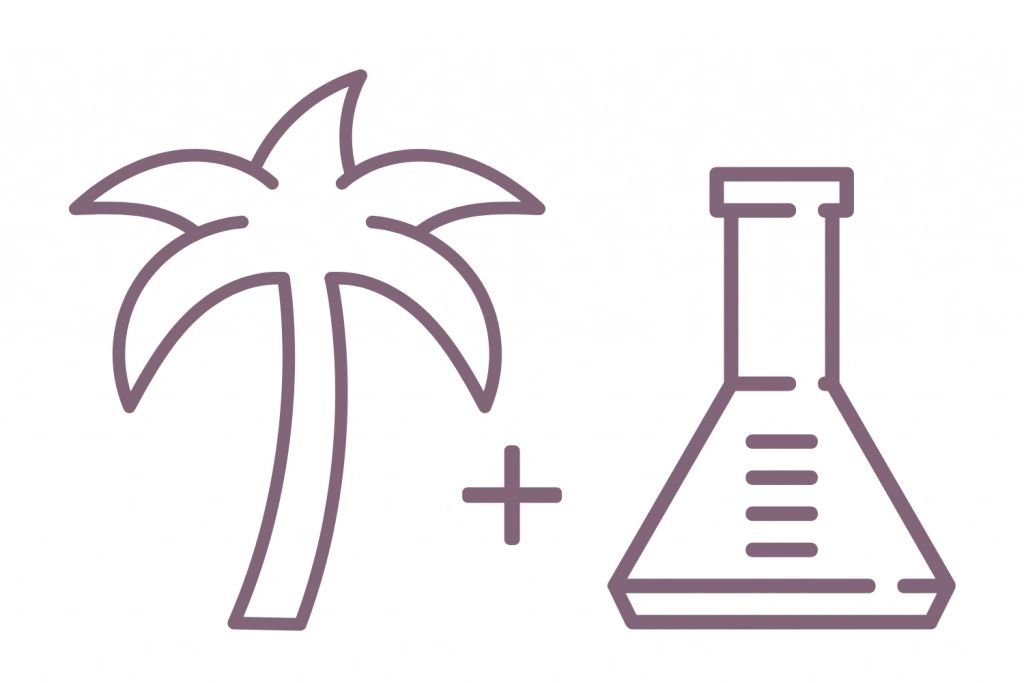There are many ingredients used in skincare today, and if you’re a discerning shopper, you will want to understand them so you know what’s right for your skin.
This post may contain affiliate links. Read the full disclosure here
One such ingredient is Sodium Lauroyl Lactylate, and in this article, we help you thoroughly decode this compound that’s found in a wide range of skincare products.
What is Sodium Lauroyl Lactylate?
Sodium Lauroyl Lactylate is a sodium salt produced when lauric acid and lactic acid react. In simpler terms, it’s a natural skincare ingredient that may not be well known but which still plays an essential role in product formulation.
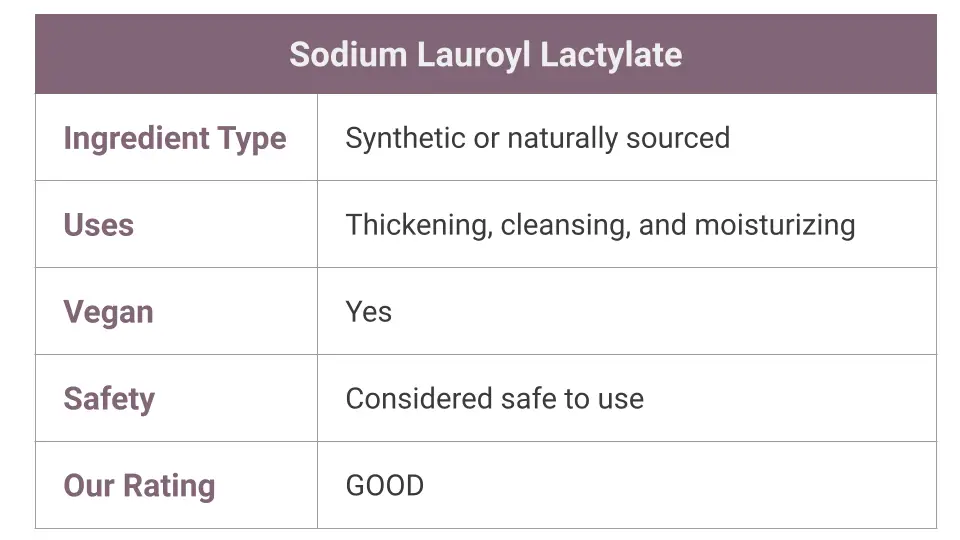
When in its concentrated form, it appears as an off-white solid paste that’s soluble in water. While there’s plenty of information about the chemical and physical properties of Sodium Lauroyl Lactylate, there isn’t much information available about how it’s made. You may come across suggestions that it’s made from fatty acids derived from vegetable oils, lactic acid, and potassium carbonate.
However, according to one of the patented preparation methods of Sodium Lauroyl Lactylate, the process starts by reacting sodium hydroxide solution with liquid lactate to create a sodium lactate liquid.
This liquid is subsequently heated, and lauric acid is heated along the way to produce a yellow to white solid – Sodium Lauroyl Lactylate. The resulting product has many applications in skincare, which we will look at next.
Benefits and Uses
Sodium Lauroyl Lactylate has many uses in skincare products, and each of its uses is associated with several benefits for the skin. It’s an emulsifier, moisturizer, cleansing agent, thickening agent, and it has antimicrobial properties.
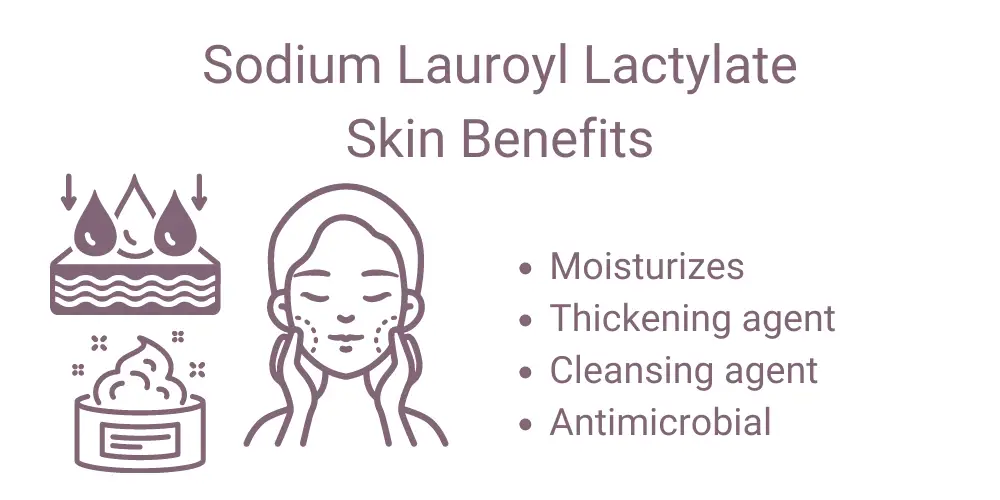
Emulsifier
This compound acts as an emulsifying agent that helps to remove the greasy feeling from personal care products. That’s because it enables water and oil to blend and form a stable emulsion that’s not as sticky. Therefore, skincare ingredients can be distributed evenly during application.
Moisturizer
Since Sodium Lauroyl Lactylate is made from lauric acid, it also has moisturizing properties. That’s because lauric acid is a fatty acid that forms a protective barrier that prevents water evaporation from the skin’s surface.
In addition, Sodium Lauroyl Lactylate can penetrate the deeper layers of the skin, so it’s easily absorbed. Therefore, it’s a penetration enhancer that can improve the delivery of other ingredients into the deeper layers of the skin for more benefits.
Cleansing agent and foaming
When used in large amounts, Sodium Lauroyl Lactylate can act as a mild and natural surfactant. A surfactant reduces the surface tension of liquids, thereby improving its wetting properties. This makes the washing process more effective because dirt and excess oil can easily be trapped and removed from the skin.
However, Sodium Lauroyl Lactylate is rarely used as a stand-alone surfactant. Instead, it’s used as a foam booster and produces a light, soft foam that helps to cleanse the skin gently.
Mild thickening agent
Sodium Lauroyl Lactylate does not have any thickening properties on its own. But it can create a mild thickening effect when mixed with Cetyl Alcohol or Cetearyl Alcohol.
If you’re making your own formulation, consider that Sodium Lauroyl Lactylate will not thicken when mixed with sodium.
Antimicrobial
Sodium Lauroyl Lactylate has mild antimicrobial properties. One study noted that this compound helped reduce the effect of a pathogen on poultry when used as a feed additive.
Fragrance enhancer
You may also come across references of Sodium Lauroyl Lactylate helping to extend the fragrance release of skincare products.
However, you should keep in mind that there’s a reason Sodium Lauroyl Lactylate is rarely a key ingredient in skincare products. Overall, it doesn’t provide any significant benefits for the skin and is mostly incorporated to improve the formulation, especially since it combines so well with other ingredients.
Is Sodium Lauroyl Lactylate natural?
Sodium Lauroyl Lactylate is a naturally sourced ingredient. As mentioned, Sodium Lauroyl Lactylate is derived from the reaction of lauric acid and lactic acid. For starters, lauric acid is a fatty acid that’s naturally found in coconut oil.

On the other hand, lactic acid is a well-known acid that comes from milk. Therefore, Sodium Lauroyl Lactylate can be produced from the reaction between two natural and safe ingredients.
Is Sodium Lauroyl Lactylate safe for the skin?
Sodium Lauroyl Lactylate is FDA approved as a food additive, so, naturally, safe for the skin. However, it’s important to note that this compound may not be safe for you if you’re allergic to lactic acid. When in doubt, always consult with a qualified professional before using any product that contains Sodium Lauroyl Lactylate.
Overall, according to the Environmental Working Group, Sodium Lauroyl Lactylate is a low-risk ingredient. However, because there’s no sufficient research on Sodium Lauroyl Lactylate as a skincare ingredient, it’s always best to proceed with caution if you have sensitive skin.
Sodium Lauroyl Lactylate – Dangers or Irritation Problems
According to the few studies that have been carried out, Sodium Lauroyl Lactylate does not appear to pose any danger to the skin or cause irritation problems. For instance, in one study that was carried out (pg. 6), Sodium Lauroyl Lactylate was applied to the ears of mice for three days, and there was no evidence of toxicity.
The same results were also obtained (pg. 7) when the same solution of Sodium Lauroyl Lactylate was tested on human-derived tissue.
What type of products contain this ingredient?
You can find Sodium Lauroyl Lactylate in a wide range of products, including the following:
- Facial and body wash -Most facial cleansers utilize the surfactant properties of Sodium Lauroyl Lactylate.
- Moisturizers – Sodium Lauroyl Lactylate prevents your skin from drying by creating a barrier that locks in moisture.
- Serums – Serums are designed to deliver beneficial skincare ingredients in high concentrations. Therefore, Sodium Lauroyl Lactylate – is the perfect ingredient in serums since it enhances the delivery of other active ingredients.
- Fragrances – Sodium Lauroyl Lactylate helps extend the scent of products, so you will find it in most fragrant skincare products. It helps your skin to smell good for longer.
- Baby products – You will find Sodium Lauroyl Lactylate in most baby products because it’s gentle, mild, and non-toxic when applied to the skin. Most importantly, Sodium Lauroyl Lactylate is a natural product that works well with the sensitive skin of babies. It will keep them moisturized and clean because it’s also a surfactant.
Sodium Lauroyl Lactylate is also found in the following products: Foundation, liquid hand soap, exfoliants, sunscreen, body firming lotion, mask, around-eye cream, makeup remover, lipstick, lip balm, body oil, shaving cream, anti-aging cream, plus more.
Is Sodium Lauroyl Lactylate a good ingredient in skincare?
Unfortunately, there have not been many scientific studies related to Sodium Lauroyl Lactylate and its role in skincare products. However, the available data indicates that Sodium Lauroyl Lactylate is a good ingredient in skincare care. For instance, based on information taken from the European Patent Office, Sodium Lauroyl Lactylate is a better ingredient than alkyl sulfates and alkyl benzene sulphonates, which are harsher on skin.
Therefore, sodium Lauroyl Lactylate works well in cleansing formulations because it’s a mild surfactant with sufficient foaming power. Combine this with the fact that Sodium Lauroyl Lactylate is an approved skincare ingredient that won’t irritate the skin, and it’s safe to conclude it’s a good ingredient in skincare.
Related Ingredients You Might Find Interesting:

